It seems like throughout my life I found myself put in places of leadership in spite of myself. It has been interesting for me to watch that, and ask how I got there and why; and why am I being put in that position, because I don’t feel like I necessarily have much of the required knowledge that other people have. And my path of study has also been unusual in many ways.
Part of the reason why I accepted the invitation to address this topic of transcendent leadership is because I saw it as a challenge to myself. I find that anytime I focus on something, like getting ready for this presentation, it brings me into conscious awareness with areas that I otherwise just do automatically, or I do by the seat of my pants, so to speak. Having to articulate it for other people, all of a sudden forces me to bring my thoughts together. A long time ago J-R told me that I was a “plethoric” thinker. A plethora is a lot of ideas, a lot of things coming up. It was very helpful to me to understand this. The creative mind goes into high gear and I have ideas galore. Then my laziness is that I don’t go in to sort them out. I just kind of watch and then over time it all gels and precipitates into some realization and awareness; it’s like a natural distilling process, but without me putting a lot of effort into it, except going through the experience of life. Life does the distilling for me without me having to spend a lot of time thinking. Bringing some ideas into focus for a presentation like this is a way to bring myself to do a bit more conscious distillation; it gets to be a challenge and a process of becoming more aware.
So I chose to take up the challenge because I want to learn, both through this process I was describing to you, and also through the creative act of sharing some of these ideas with you.
I view leadership as an art because I haven’t found a formula or a recipe for it; it seems to be continually evolving in a very dynamic way. It’s not something where I could identify three key points and say this is what you do. I think it’s a very individual process because the minute we’re dealing with Spirit, we know that Spirit is extremely dynamic, creative, and constantly renewing itself. Part of becoming a transcendent leader and being in partnership with God is being able to keep up with that dynamic flow, which requires flexibility, creativity, and openness to whatever the Spirit of the occasion may be.
I look at two sides of leadership: self-leadership and leadership in the world, which includes leadership of others. You could call it inner and outer leadership. The theme that runs through both self-leadership and outer leadership is the notion of partnership. Leadership to me is not about bossing people around, or jumping in front and hoping people will follow, or being brilliant and isolated in an ivory tower. It’s about being a friend and a partner to oneself first, and then partnering with others to manifest the highest good of all concerned. In both cases it begins with partnering with God. God in you, God in others. I look at that as an art because I haven’t found the formula for it. Spirit is alive, dynamic, creative. Yet on this level life can easily become a routine, or even a rut, which can be a sign that I am out of touch with the Spirit of the occasion.
The primary on-the-ground experience that I’ve had with leadership has been in the context of my service on MSIA staff. I moved over 40 years ago from France to the U.S. I started out living with J-R at his house with a bunch of guys, and then moved to Prana. Then around 30 years ago, J-R created the MSIA Presidency. Through this, I’ve had both the opportunity to be in leadership role, and also observe a lot of what leadership looks like. Certainly, J-R’s leadership was a wonderful role model. I’ve also observed leadership from the different heads of J-R’s organizations, and of course leadership all around the world. This has not been a process of going to business school and studying leadership. It has been through experience, through observation of others and myself, that I have had an ongoing process of learning. I’m not necessarily in a hurry to try to sum it up, or distill it to a few key things. It’s still evolving, and a process of discovery.
![David Bransky - Transcendent Leadership: The Art of Partnering with God [Part 1]](https://cdn.msia.org/newdayherald/wp-content/uploads/sites/2/Bransky1200x600.jpg)
One of the qualities I see with transcendent leaders is that they don’t get positioned or say “Okay I’ve got it; I’ve got the answer and I know how it works.” They don’t create a model and then get stuck in that model. An important quality of the transcendent leader is an openness to a dynamic approach that allows for the organic nature of how life unfolds. There is self-leadership and there is leadership of others. Self-leadership to me is the foundation: leading myself by consciously conducting my life in a way that is in harmony and in keeping with the values that I’ve chosen, that many have chosen, of a Spirit-based foundation. Each of us knows what we identify as key qualities of Spirit, what they mean to us, and how they work in our personal life.
Unless I’m able to first implement that practice of being Spirit-led and conduct my life accordingly, it’s going to be very difficult to exemplify that, let alone be able to work with others in a way that allows them to also find their own approach to partnering with Spirit. I believe this aspect is key: leading through example and being congruent with oneself, what is often called walking our talk. One of the ways that I see leaders earning respect from people—anywhere from the Army, where I spent some time, all the way to a Spirit-led organization like MSIA—is the ability to demonstrate and exemplify what we’re talking about as our values and focus. Self-leadership is important in the practice of partnering with God. If we’re looking at leadership from a transcendent point of view, the intention is that we’re going to measure ourselves, or reference ourselves, to this higher essence, this higher Spirit. Whatever word you want to put on it, it starts with acknowledging ourselves as a spiritual being. As a soul having a human experience, we can ask: What are the values I choose for myself? How do I exemplify them? How do they translate in my life? How do I want to live my life in a way that reflects not only the belief that I am a divine being, but that I actually demonstrate those qualities?
When we consider leadership in today’s culture we tend to look at people being out in front, and maybe people who are in control, or at least in charge of things, people, and organizations. However, when we look at it from a transcendent leadership perspective, that’s not a model that fits. If we’re truly leading from a place of aligning ourselves with Spirit inside of ourselves first, then in others, and then in the bigger context of the highest good, then we’re not so much in front as we are following the bigger action that is taking place. Following the information and the attunement that we each get, and then bringing that into harmony, collaboration, and/or cooperation with other people who also have their own process of attunement. Leadership in that sense is not necessarily that person who is in control, as much as it’s somebody who is able to listen within first and act in cooperation, or partnership, with Spirit.
We have many keys on how to work with this process. God is as much in the other person as It is in me. As convinced as I may be at times that the way I’m leading is the correct way, the other person may have an equal conviction about their inner direction and their sense of where things need to go. And so how do we work with that? How as a leader can we allow for that? The “partnering leader” is not somebody who is going around telling people what to do, but rather somebody who, ideally, is able to elicit each person becoming their own leader in a more conscious way, and thus invite them as a partner in their own endeavors. Very often it’s not something that is encouraged, so by exemplifying that, and demonstrating what that looks like, we can hopefully be an inspiration to other people becoming “partnering leaders.”
I love this quote that I read recently, which is attributed to Einstein; he says: “I do not teach anyone. I only provide the environment in which they can learn.” That is an approach I aspire to.
There is something J-R shared with me a long time ago, when I was still living in France. He said, “I’m not here to teach you anything, really. I’m here to help you remember what you already know.” I think it’s true for all of us. We’ve been told along the way to go inside, that the answers are to be found within. Clearly that wisdom, that knowing is already present with each one of us. I believe a key for a teacher, and also for a leader, is to help lead people to their own answers so they may become their own leader.
I experienced a demonstration of this with J-R; most of the time when I would go to him with some ideas or complaints, he would ask that I bring him at least two or three workable solutions or alternatives. “It’s not okay for you to come and complain about something, or point out what’s not working, or what somebody’ is not doing correctly, or whatever it may be. Bring me two or three solutions or alternatives along with the complaint.” That was the first part. Then when I would present something to him, instead of telling me, “Oh, that’s a great idea,” or “Yes that’s clear. Go ahead with that,” he would turn back to me and say, “Well, what do you think?”
This whole process actually engaged me with the practice of going inside and resourcing my own wisdom, my own answers, and doing my homework rather than sitting back and enjoying my plethora of ideas and not doing anything with it. Instead, J-R led me into the practice of finding what might work and what my recommendation was among the various options. In a very casual way, because a lot of these instances were somewhat casual, he would encourage me to do exactly that. He would demonstrate some of the aspects of transcendent leadership by putting it back on each person to become their own leader, to come up with their own ideas and answers, to decide what might work or not, and also to open themselves up to the fact that there’s probably more than one solution.
![David Bransky and Mary Ellen Transcendent Leadership: The Art of Partnering with God [Part 1]](https://cdn.msia.org/newdayherald/wp-content/uploads/sites/2/Bransky-Maryellen1200x600.jpg)
Then the next step was the implementation, or getting it done, which calls for another aspect of leadership. It still involves partnership, reaching out to people who have the skills and resources needed to get the job done.
This approach J-R was taking with me was a useful preparation for partnering with other people, because other people are likely to have different ideas. Unless we’re open to the fact that there’s probably more than one solution, or more than one way to go about doing something, it’s not likely we’ll be open to working or partnering with other people.
What my father, and later J-R, would do with me was great modeling towards transcendent leadership. The first thing is reflecting back to the person that they have the answers. “You know what was off in your behavior. Go and check it out, examine your conscience, find out what it is that didn’t work, what it is that you would do differently next time, and then come up with alternative ways.” All of these things are great keys and modeling of what a transcendent leader might do. This implies that we first have that reference point in our own experience and in our relationship to ourselves, otherwise we may not know how to create that safe space for other people.
Simply giving orders, “do this, this, and this, and this, and that” just shuts down the communication. It shuts down the possibilities. It shuts down the access to the inner wisdom. In a way, it’s leading down a “dead end.” What do people learn through that approach? And how is it an expansive process? How does it open them up to becoming more and more active in their own leadership, in their own growth, in their own resourcing of the answers for next time, and in the practice of what could be?
The transcendent leader, then, not only assists others in accessing their own inner wisdom and stepping into self-leadership, but they also provide direction and open a field of possibilities for people to keep learning, lifting, and growing.
Thank you for reading this article—please share it with others!
To learn more about the PTS Transcendent Leadership program or to start your application, please visit transcendentleader.org Contact Joanie at joanie@pts.org with any questions.
Click here for more articles on the topic of Transcendent Leadership.







![Transcendent Leadership: The Art of Partnering with God [Part 1]](https://cdn.msia.org/newdayherald/wp-content/uploads/sites/2/VincentDupontTL1200x600-1024x512.jpg)
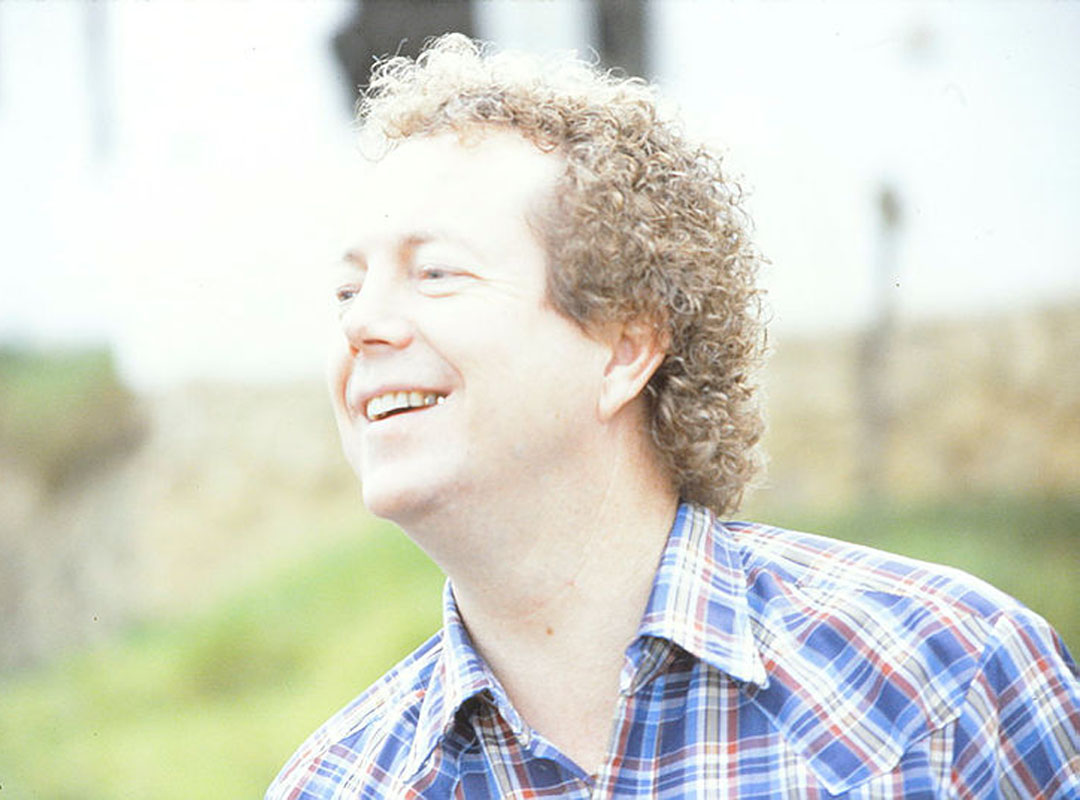

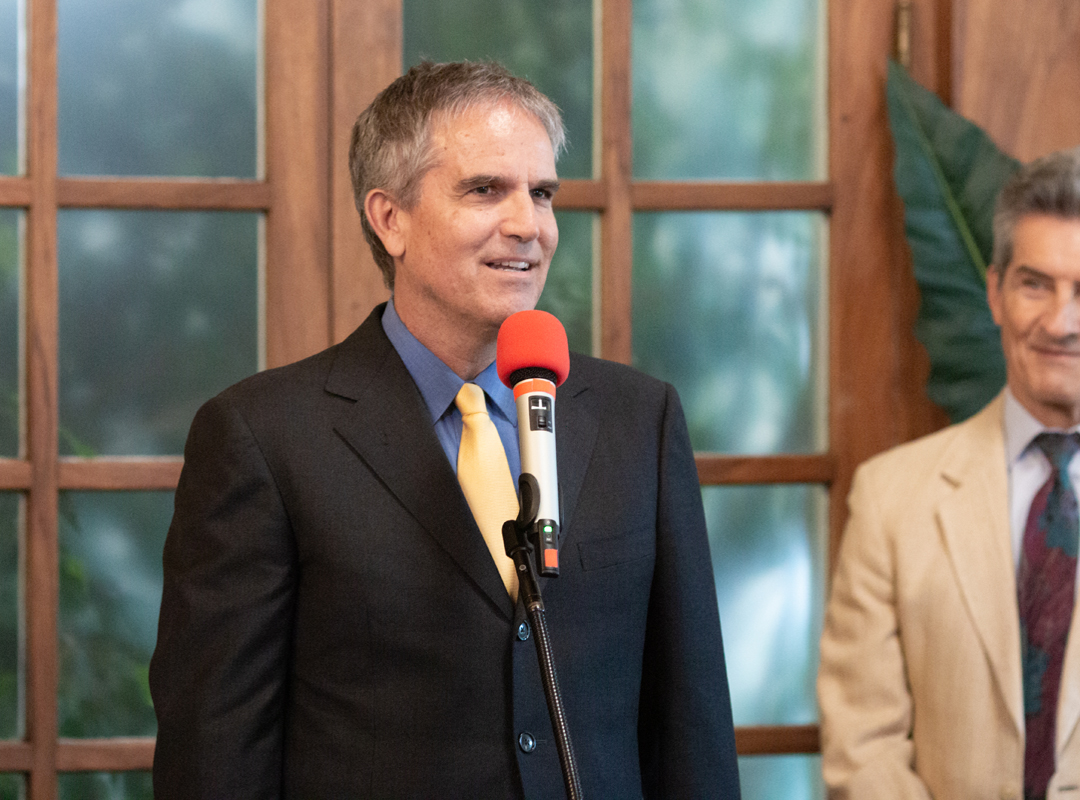
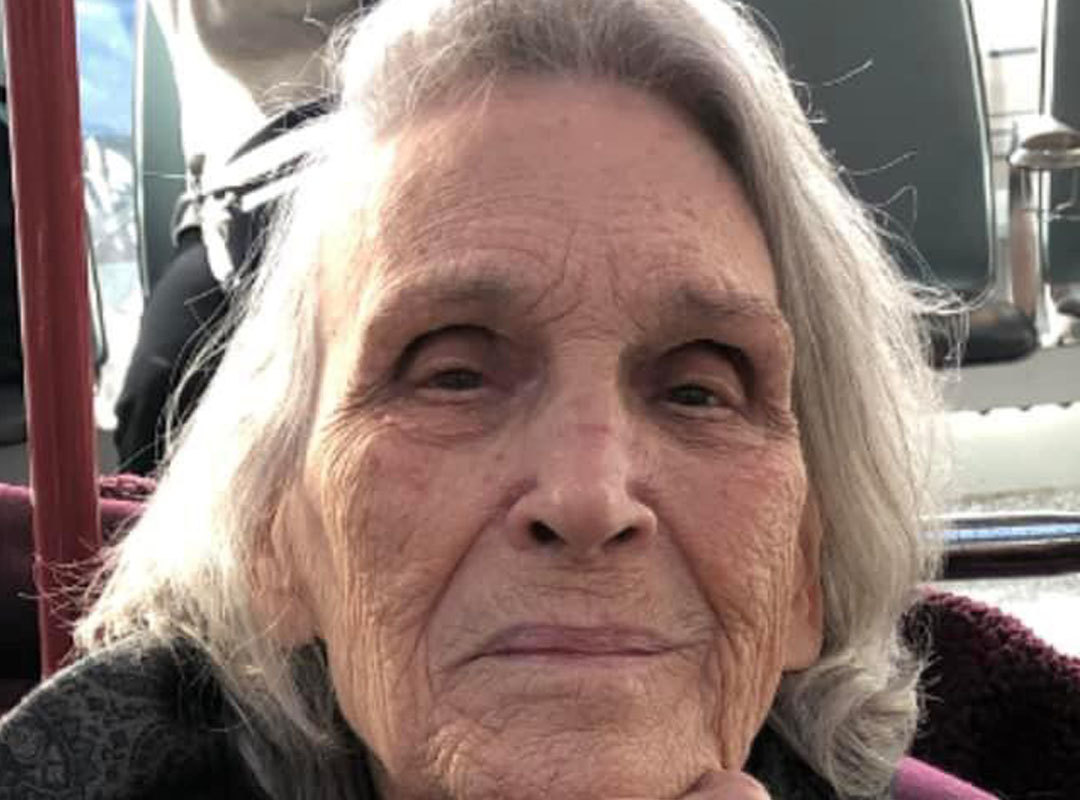
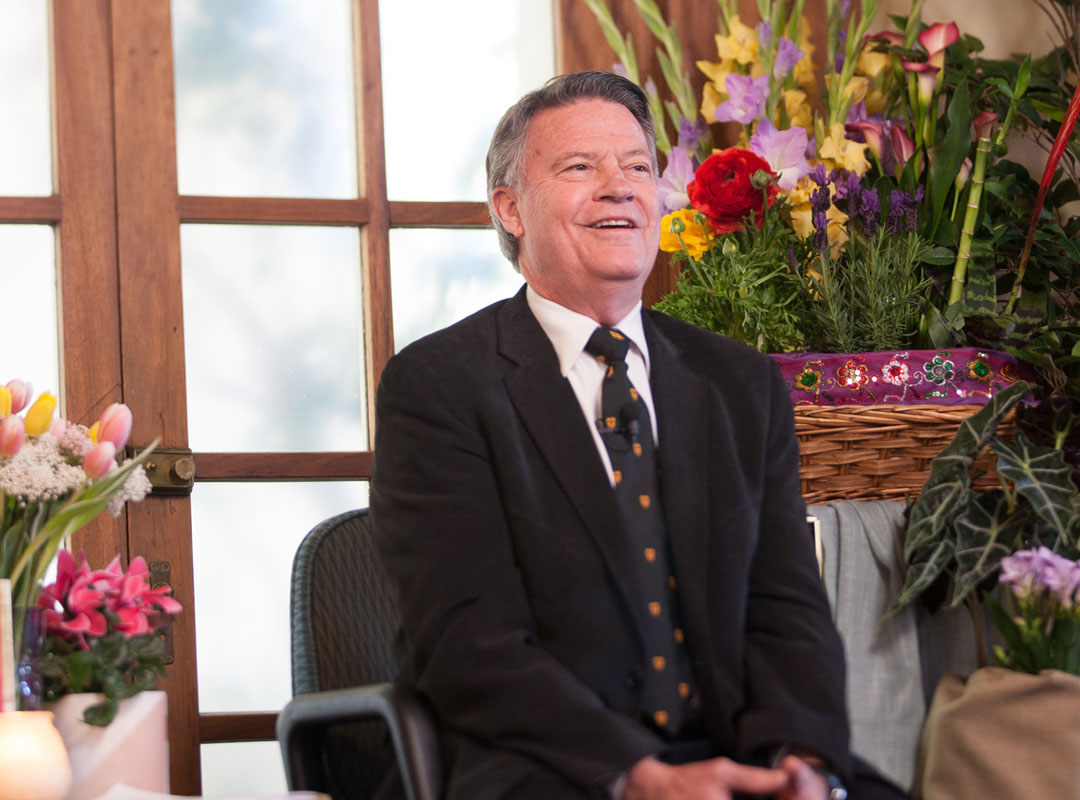
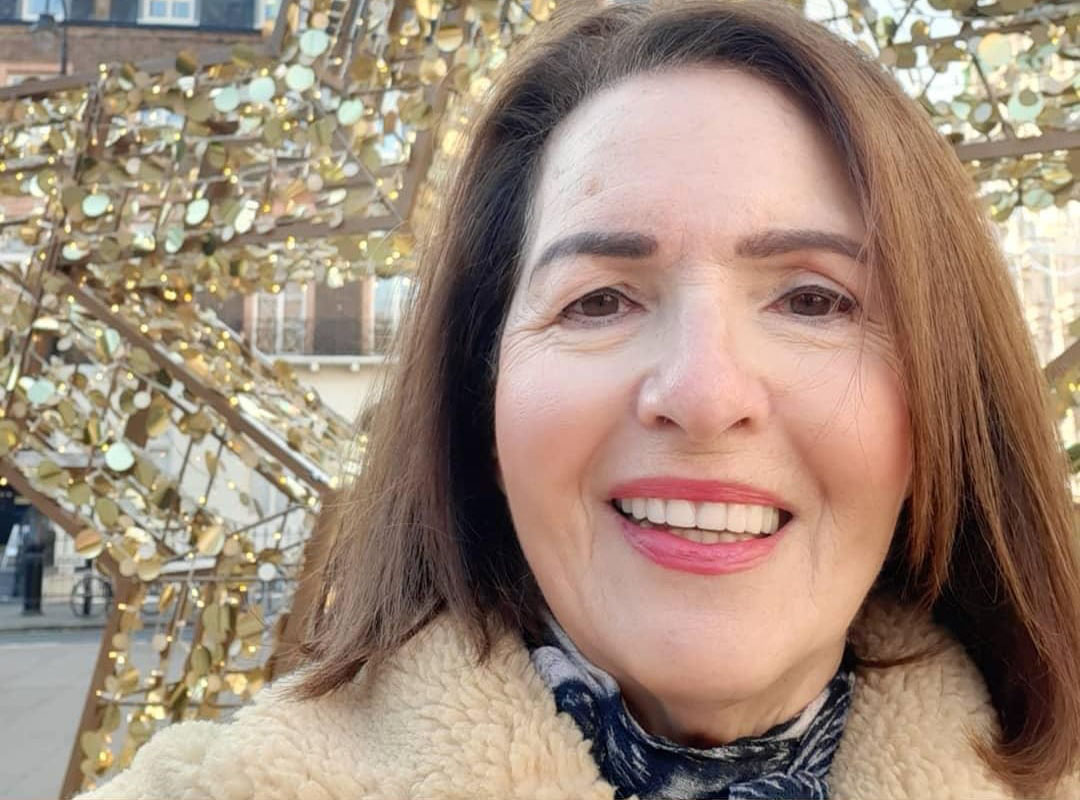
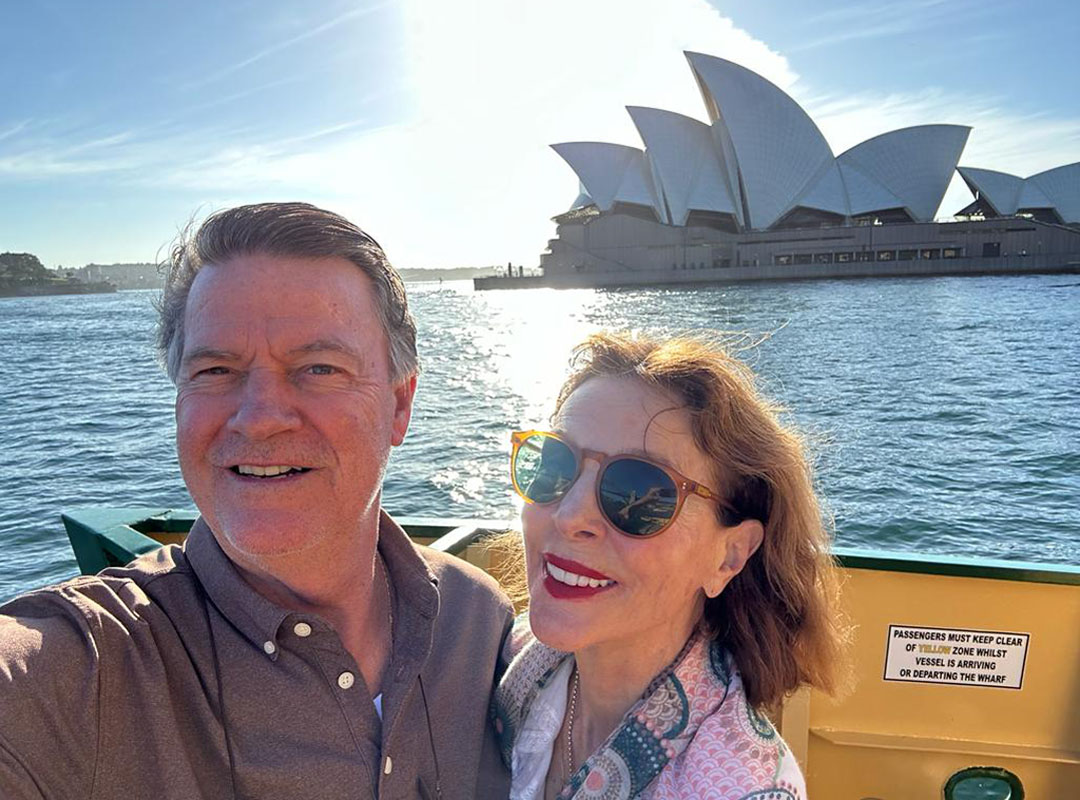
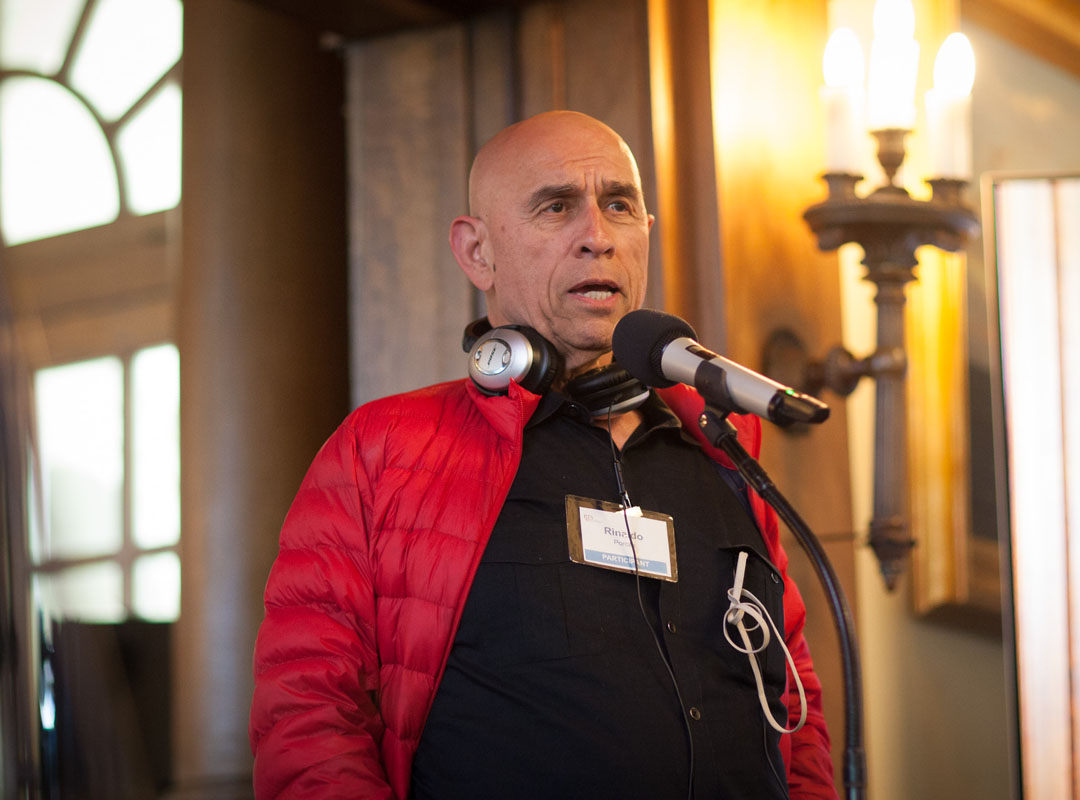
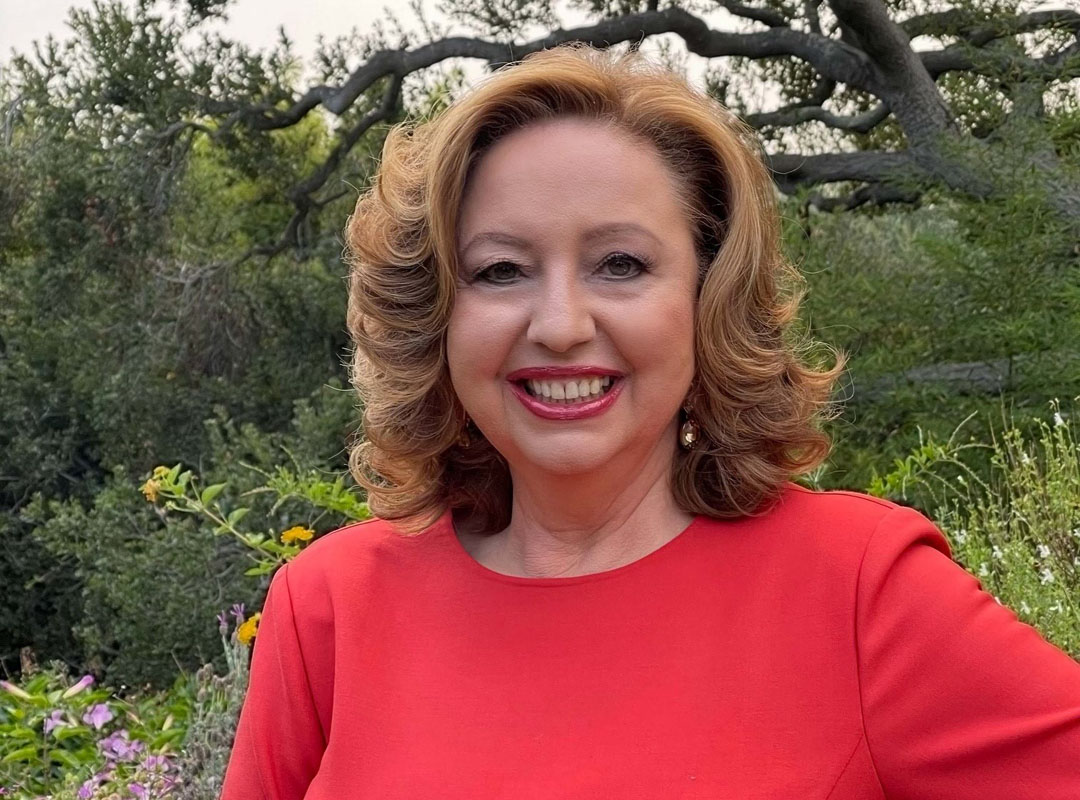
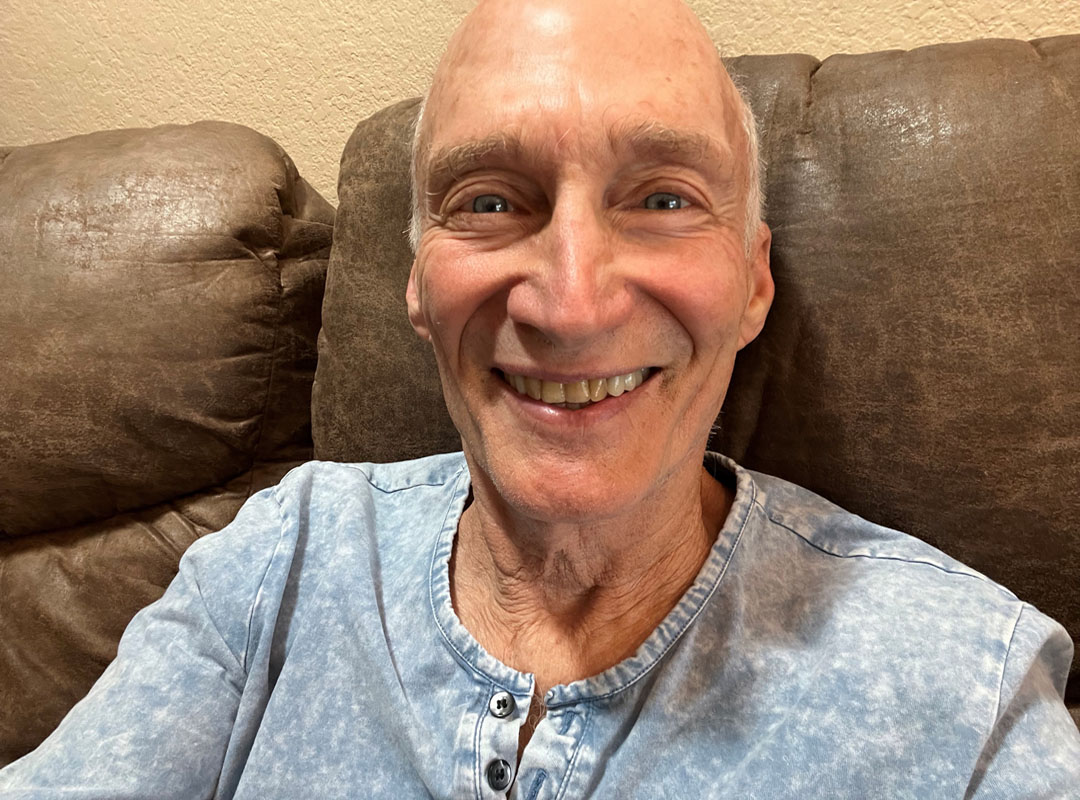
Excellent article Vincent!! Thank you. // The best work I did over the years was my Leadership Seminar for Insight around the world which evolved into an “Inside Out Leadership Seminar” (IOL) for business clients around the world. A couple companies began calling our work their “People First Project.” I loved that. I told participants that we weren’t teaching how to lead other people but to lead your own life at a high degree of integrity and demonstration of following your heart. If they did that well enough others would like to participate with them. It might look like they were leading and others were following, but it was really just as you so articulately described. // My first week at Stanford I was invited by another Freshman to play Lacrosse with another group of Freshman. I had never played that before and new almost nothing about it. They said the game was similar to basketball in it’s plays and strategies. I knew about basketball so I joined in. I picked up the basics quickly and was having fun in the game when a guy about 50 pounds bigger than I whacked my stick attempting to free up the ball I guess. He hit my little finger and chopped it off to the bone. He was super apologetic and more concerned that I was. He rushed me to the hospital to get the end of my finger stitched back on. He said he lived in Palo Alto (home of Stanford) and invited me to dinner at his house. His name was Bill Sterling. His father? Wallace Sterling, President of Stanford. So, Here I was having dinner with the President my first week in college. Sterling is often considered Stanford’s most effective President and leader. There were a couple professors there too. The conversation was fascinating. One professor asked “Wally” (which he insisted I call him), “What’s your philosophy of education?” // Sterling answered, “I don’t have a philosophy of education. I intend to hire the best teachers, researchers and academics I can, provide them with the best facilities we can, support them as best we can and get out of their way.”
So good to hear Vincent’s take on leadership, and how interesting that it jives so well with the ideal of leadership to Self, then others by empowering them, then to the community at large.
I just completed the last class of year two in the Transcendent Leadership program. This article really put into words, so beautifully, what I have been learning. This relationship between myself and the whole spirit within me and the sweet process of listening to, and following it.
I recently heard someone say she learns best by example. I think I might too, and this article really exemplified what I am going for. I can use what you wrote, maybe even put it up on my wall as a reminder, a roadmap, as an example to greater Transcendent Leadership.
Thank you Vincent – for all that you do and all that you are
With Love
Christine